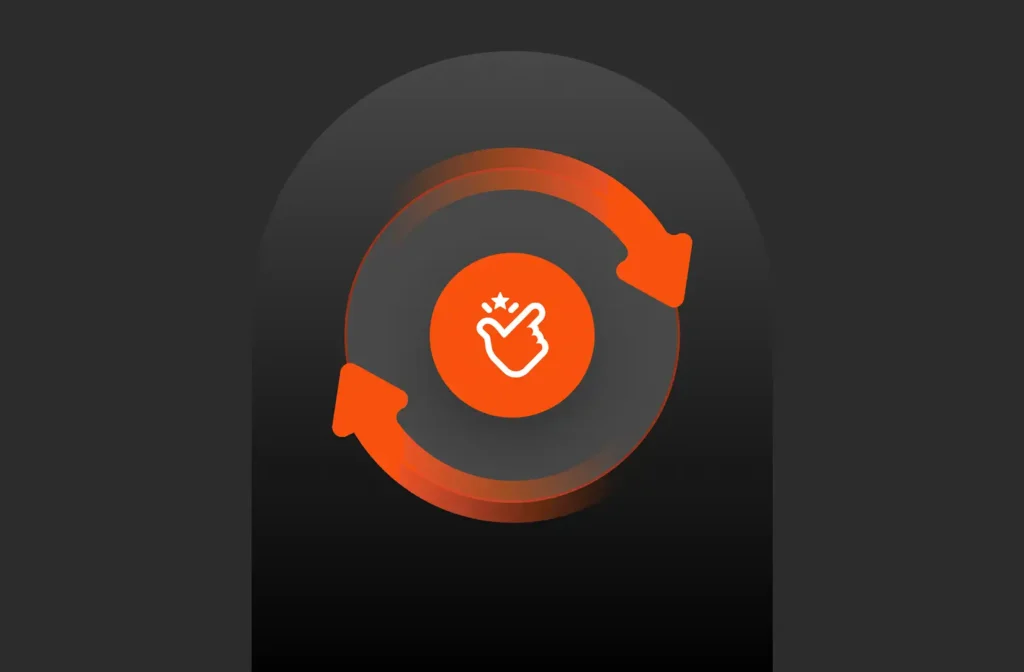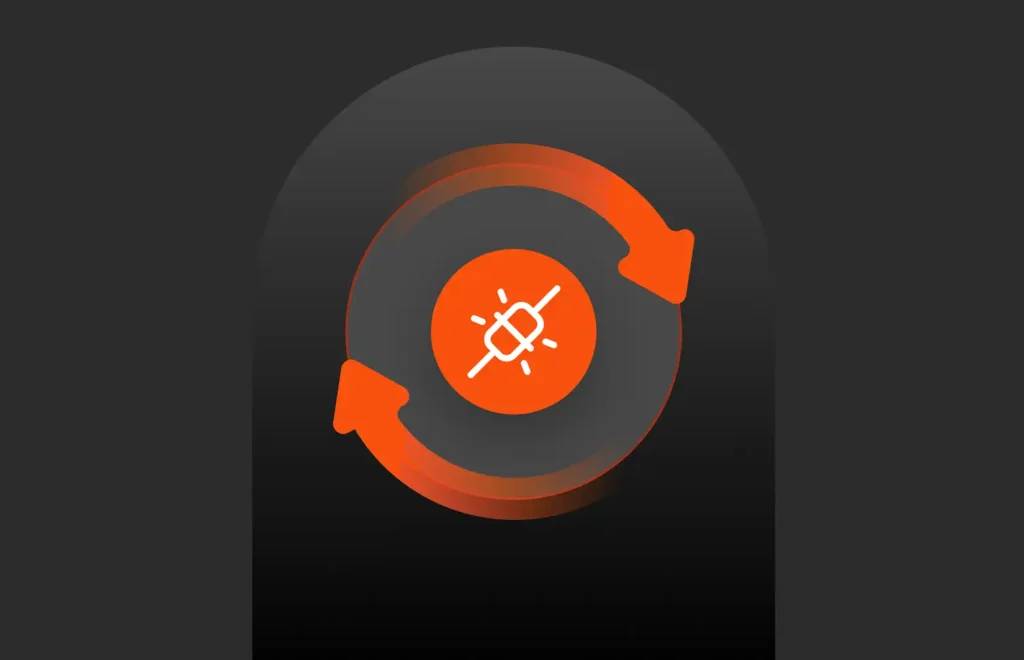In the digital era, modernization and innovation are the cornerstones of infrastructure strategy. At Pure Storage, we are committed to enabling a modern data experience. A key element of this is our Pure1-managed FlashBlade storage platform.
Pure FlashBlade is the first high-performance cloud-optimized file-and-object storage platform designed to allow organizations to tackle their most challenging data requirements. The Pure1 platform is fundamental in enabling FlashBlade to deliver cloud-like simplicity of management and monitoring. In addition to allowing on-the-go access to your data center via your mobile device, Pure1 enables the delivery of world-class support services and advanced capacity planning.
With the recent launch of Purity 3.0 for FlashBlade (Purity//FB 3.0), key capabilities such as file replication and object replication now help address critical requirements around disaster recovery and cloud integration.
FlashBlade 4.1.5: Enhance Object Replication with DR Resilience, Data Protection, and Object Lock
Monitoring File and Object Replication with Pure1
Once you upgrade to Purity//FB 3.0, you can immediately monitor FlashBlade replication with Pure1. With Pure1, get visibility of your file-system snapshots and replications (file and object) to assess their data protection environment across the fleet. This new capability provides a global view of your snapshot and replication policies, where they reside, and whether they are in compliance. Pure1 makes it extremely simple to monitor and access information for FlashBlade replications.
Snapshots: File Systems
The file systems snapshots page (Figure 1) shows the location of all snapshots taken for any particular file systems—whether local to the FlashBlade or replicated to another FlashBlade.
The table has a timeline on the right that shows the number of snapshots taken in a particular date range. We have also added visual cues to greatly simplify finding quick information on the snapshots.
- The number in the purple circle signifies the number of snapshots taken at or around a point in time with the FlashBlade location of the snapshot.
- Light purple signifies that the snapshot was local.
- Mixed purple (half/half) signifies that there were both local and remote snapshots taken for the selected file system.
- Dark purple signifies that the snapshot was replicated.
- If there is no number in the circle, only one snapshot taken at that time.
You can click and drag to zoom into this table.

Figure 1: Pure1 file-systems snapshot page.
Clicking on any row will bring up a second table that shows all the snapshots for the file system (Figure 2). If you click on a purple circle in the original table, Pure1 automatically filters the lower table to show only those snapshots with the name, location, and time of the snapshots.

Figure 2. Filtered view of “danbing_phonehome” snapshot information.
Periodic: File Replication Links
The Periodic section allows you to monitor the completed and in-progress data transfers for each replication group, plus the last known recovery point and the lag for each replica link. You can also set policies for the replica links.
File Replica Links: Each row in the File Replica Links tab (Figure 3) displays the last known recovery point for the file replica link, the last known lag, source file system, target file system, and policies.

The “Alert” column provides a quick way to monitor the replication status with a green check indicating that there’s no alert. The last-known recovery point and lag for the replica links are displayed in the second line of each row.
What’s Next?
We’re constantly building ways to simplify your ability to maximize the benefits of your data. We want to enable you to rely on hybrid IT as a sound business continuity strategy while providing the simplicity of the public cloud. Stay tuned as we continue to add more exciting functionality to deliver on that vision and provide the ultimate modern data experience.
Learn more about how Pure1 can help you get more from your storage.






